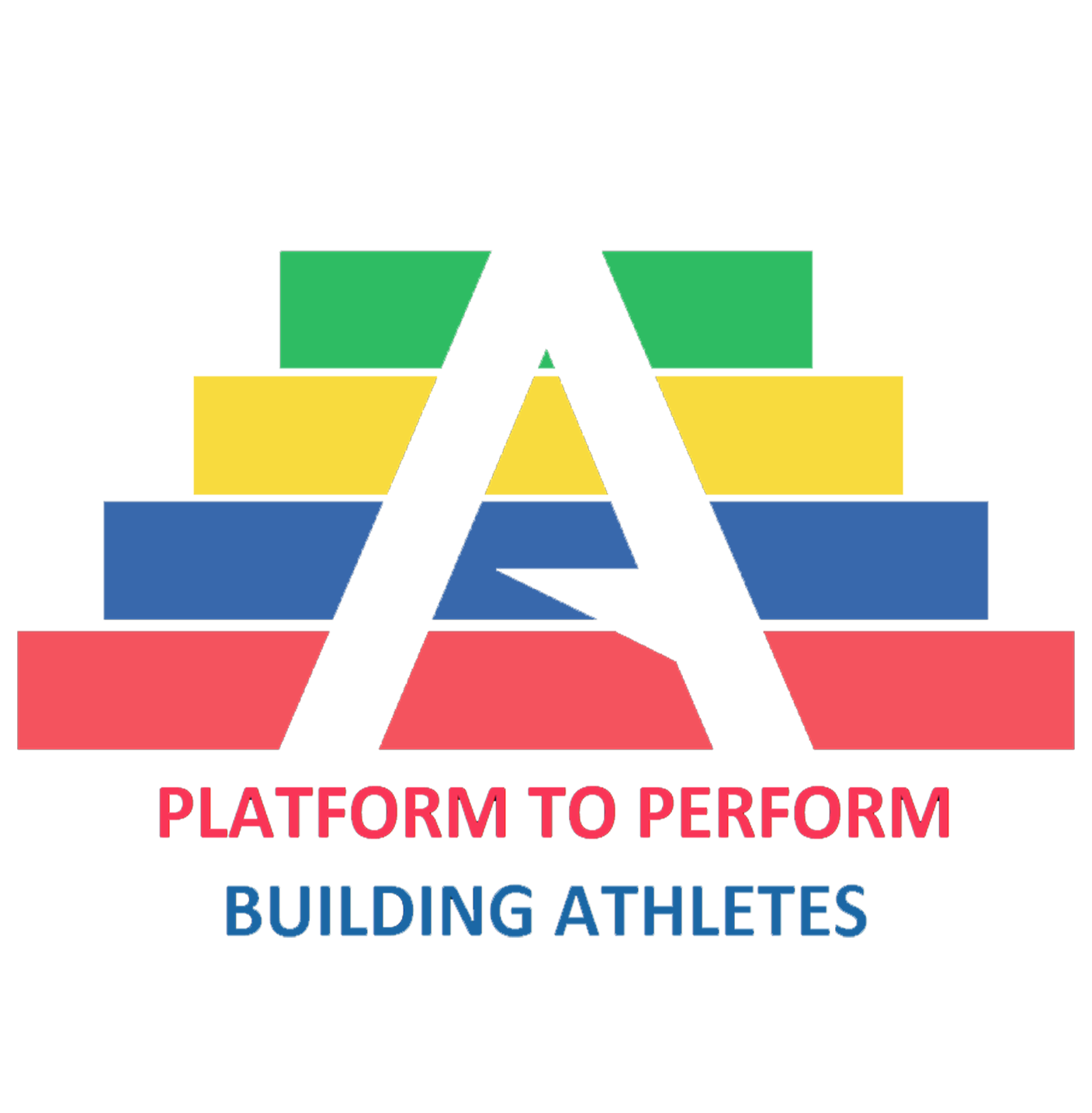Speed kills.
Whether we are talking crossing the finish line for the marathon, getting to the ball first, or landing a punch quicker than your opponent…there isn’t a sport where being faster doesn’t provide some form of advantage.
Speed is defined as the rate of performance of an activity, and in today’s blog you will learn the often overlooked role that maturation plays in speed development for the youth athlete.
Why Maturation Matters
Maturation refers to how biologically old a youth athlete is.
In the strength and conditioning world, your child’s biological age may be referred to in terms of peak height velocity (PHV).
PHV is the most accelerated growth spurt a child experiences, and for a better understanding of how it might impact your child and their athletic development take a look here.
Athletes can either be:
Pre-PHV (the most accelerated period of growth has yet to occur)
Circa-PHV (the athlete is going through their growth spurt right now)
Post-PHV (the athlete has gone past there most accelerated growth spurt; this does not mean they have stopped growing, simply that they are no longer growing as quickly as they would have been during their peak height velocity
So why is peak height velocity relevant in conversations about developing speed?
Firstly, the mechanisms by which children can improve their speed may be largely dependent on their stage of maturation (i.e. pre-PHV, circa-PHV or post-PHV).
When athletes, especially male athletes, go through peak height velocity, their hormonal profile leads to increases in muscle mass and subsequent improvements in strength, power and speed soon follow (Lloyd et al 2014).
When athletes go through their peak height velocity, it is akin to an organisation being able to utilise a larger pool of resources to get a task done. Regardless, of the efficiency of your local corner shop…they will never compete in the same leagues as a franchise.
Devoid of massive spikes in muscle building hormones, pre-PHV athletes are not afforded such muscle building luxuries, and therefore any improvements in speed will be largely due to improved coordination.
Put another way, pre-PHV athletes enhance their strength and power primarily through neural mechanisms; much like an employer being able to recruit the most effective employees for a particular task.
Again, this is not to say that circa-PHV athletes cannot enhance their speed through improved efficiency…they absolutely can. But this also explains why pubertal athletes can sometimes appear fast despite less than ideal sprinting technique, whilst pre-PHV athletes often find their slow sprinting to be reflective of their equally poor sprint mechanics.
Key Take Homes:
Youth athletes yet to go through their most accelerated growth spurt will get faster simply by improving coordination in fundamental movements (e.g. squatting, single leg balance, and skipping)
Youth athletes going through their most accelerated period of growth (peak height velocity) may improve their speed as an indirect result of hormone-induced changes in muscle mass (without any additional speed work)
Some youth athletes may suffer from a loss of coordination when their limb length and body mass increases. To mitigate this, coaches should prioritise co-ordination in rhythmical tasks (such as skipping and A-skip variations) during pre-PHV phases
References
Lloyd, R. S., Oliver, J. L., Faigenbaum, A. D., Myer, G. D., & Croix, M. B. D. S. (2014). Chronological age vs. biological maturation: implications for exercise programming in youth. The Journal of Strength & Conditioning Research, 28(5), 1454-1464.
ABOUT THE AUTHOR
Todd Davidson is a UKSCA accredited strength and conditioning coach and qualified P.E Teacher who has gained experience working as part of strength and conditioning teams for Olympic, Paralympic and professional athletes. Todd's passion for improving the physical literacy of the next generation, and athleticism within adults, comes from his belief that strength and conditioning should not be a service that is solely reserved for the sporting elite. If you would like discuss anything in the content presented, or have any questions relating to your own performance goals, please get in touch.




